Federal and state agencies face significant challenges in managing and governing data effectively, from data silos and security concerns to workforce shortages and regulatory compliance. However, by implementing strategic solutions aligned with GAO recommendations, congressional findings, and NIST guidelines, agencies can enhance data governance, improve efficiency, and ensure data security. Below are key strategies to address these challenges.
1. Breaking Down Data Silos
To improve data sharing and eliminate silos, agencies should adopt enterprise-wide data management frameworks. Implementing centralized data repositories, cloud-based platforms, and interoperable systems allows different departments to access and share critical information securely. The Federal Data Strategy recommends the use of data lakes and APIs to facilitate seamless data exchange across agencies while maintaining governance controls.
Additionally, adopting a data governance office (DGO) ensures that data-sharing policies and procedures are standardized across departments. This approach helps create a single source of truth, preventing redundancy and improving data accessibility.
2. Strengthening Data Security and Privacy
To protect sensitive information, agencies must enhance cybersecurity measures in line with NIST’s Risk Management Framework (RMF) and Zero Trust Architecture (ZTA) principles. This includes:
- Implementing strong encryption to protect data at rest and in transit.
- Enhancing access controls with multi-factor authentication (MFA) and role-based access.
- Conducting regular risk assessments to identify vulnerabilities and mitigate cyber threats.
Additionally, agencies should invest in automated compliance monitoring tools to ensure continuous adherence to federal regulations like FISMA and state-specific privacy laws.
3. Improving Data Quality and Consistency
Ensuring accurate and reliable data requires the adoption of data quality management frameworks that focus on standardization, validation, and real-time updates. Agencies should:
- Implement automated data cleansing tools to remove duplicates and inconsistencies.
- Develop data governance policies that define clear ownership, usage, and classification standards.
- Use real-time monitoring and AI-driven analytics to improve decision-making.
NIST’s guidelines recommend metadata management to enhance data traceability and integrity, ensuring that all data is cataloged and consistently formatted.
4. Addressing Workforce Shortages
To tackle the shortage of skilled data professionals, agencies should:
- Expand training programs in data science, cybersecurity, and AI through partnerships with universities and training organizations.
- Leverage AI-powered automation to reduce the manual burden of data governance tasks.
- Offer competitive hiring incentives to attract top data management talent.
Creating cross-agency data teams can also help bridge knowledge gaps and foster a culture of continuous learning.
5. Ensuring Compliance with Evolving Regulations
To keep up with changing laws and regulations, agencies must implement automated compliance tracking systems that monitor policy changes and generate real-time alerts. Additionally, regular audits and risk assessments should be conducted to identify gaps and ensure adherence to NIST, GAO, and congressional directives.
Engaging with industry and government working groups on data governance best practices helps agencies stay ahead of regulatory changes and adopt proactive compliance strategies.
Conclusion
By adopting modernized data management frameworks, strengthening security measures, leveraging AI-driven automation, and investing in workforce development, federal and state agencies can overcome data governance challenges. These strategies will help agencies not only enhance operational efficiency but also improve citizen services, ensure regulatory compliance, and maintain public trust in government data management practices.


